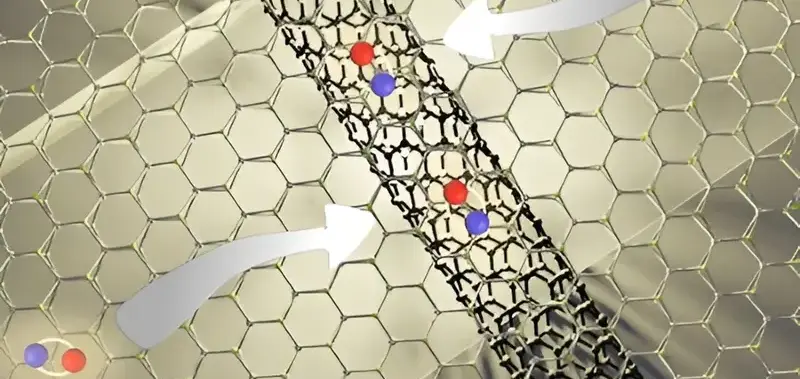Discoveries made by scientists show that dreams of settling on Mars can fly into space. According to the latest scientific research carried out by a joint effort of scientists from the United States and Germany, long-term existence on the Red Planet is dangerous due to high levels of cosmic radiation. This greatly complicates the possibility of life on Mars, even with the use of advanced technologies.
NASA’s ambitious plans to send humans to Mars within the next decade underscore the importance of further exploration of the Red Planet to enrich our understanding of space and Earth’s history. However, scientists’ conclusions emphasize that long-term human stays on Mars have serious limitations.
Focusing on analyzing the possibilities of protecting astronauts from the dangers of radiation on Mars, the research team found that after four years on the planet, radiation levels will reach critical levels.
Regarding the round trip to Mars, it is stated that it is important to ensure that the spacecraft is adequately protected. But research has found that some materials that can provide radiation protection can also increase radiation exposure under certain conditions.
Scientists also stated that the best time to send a mission to Mars is during the periods when the Sun’s activity is at its peak, which reduces the level of cosmic radiation thanks to the solar wind that repels some dangerous cosmic particles.
In summary, despite significant progress in the exploration of Mars and the potential for further study, current limitations on radiation jeopardize the possibility of long-term colonization of the planet. High radiation on the Red Planet not only poses a serious health risk to astronauts, but also limits the length of time they can safely remain on the planet’s surface. Therefore, long-term settlement on Mars will require the development of new technologies and materials to protect against radiation. Source













